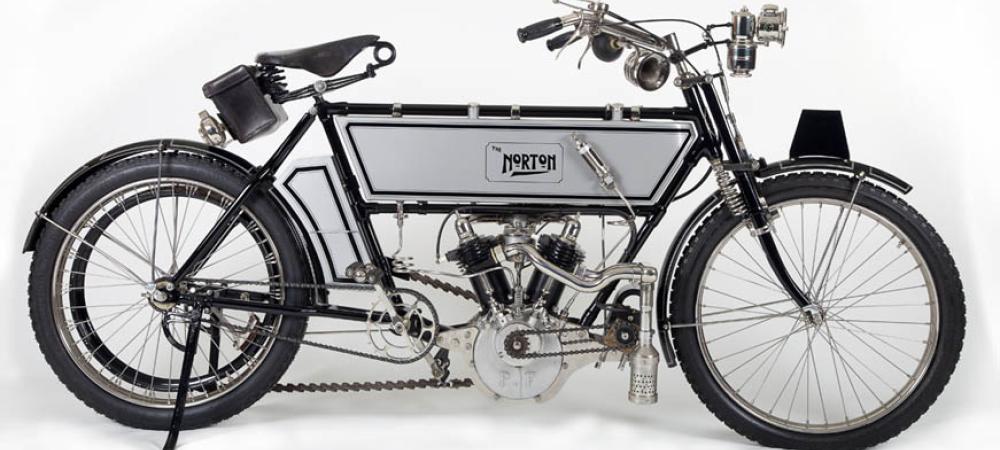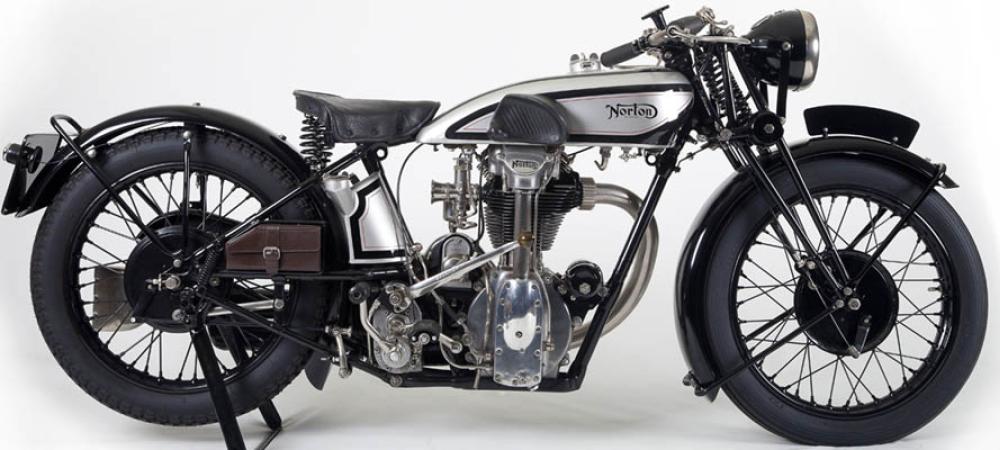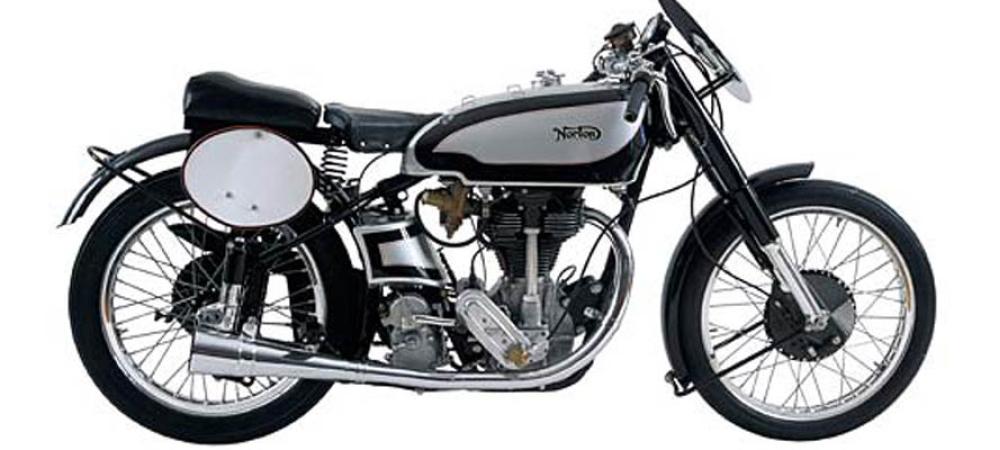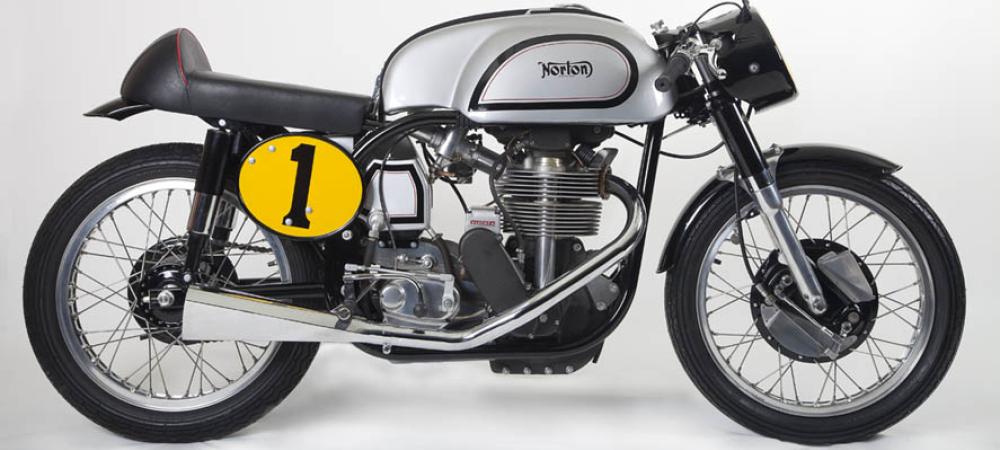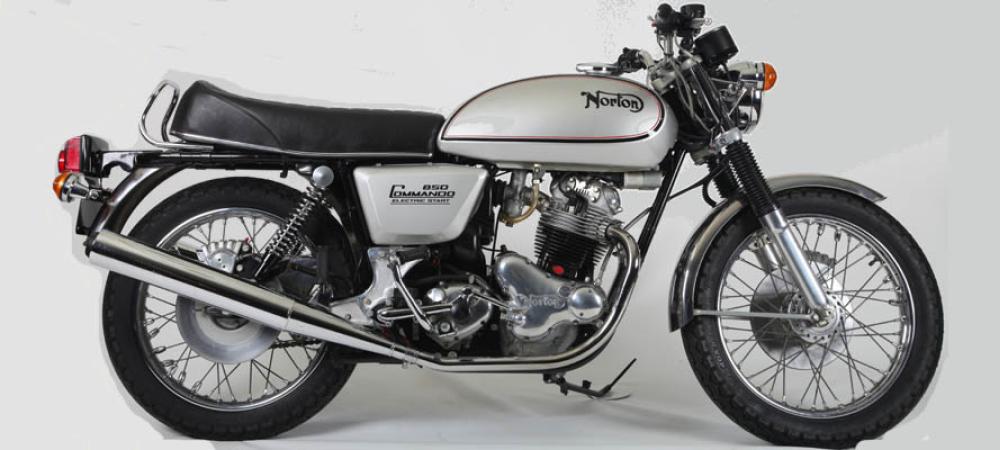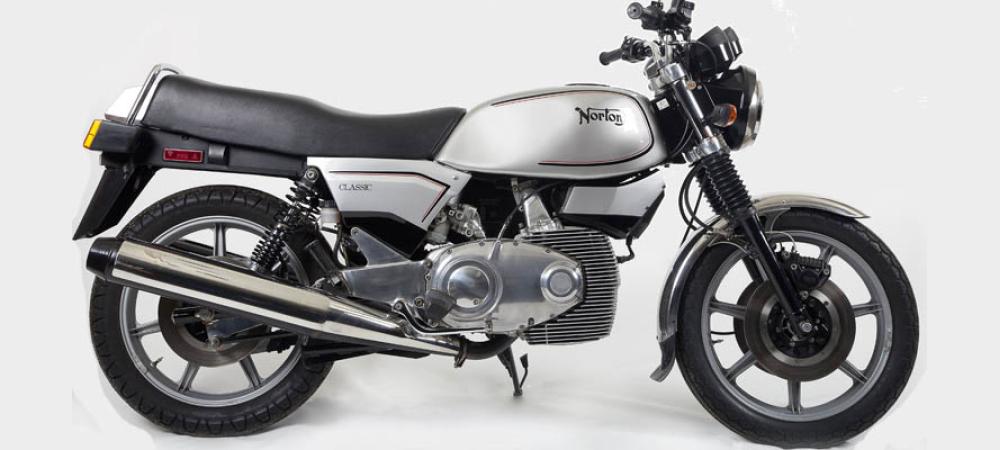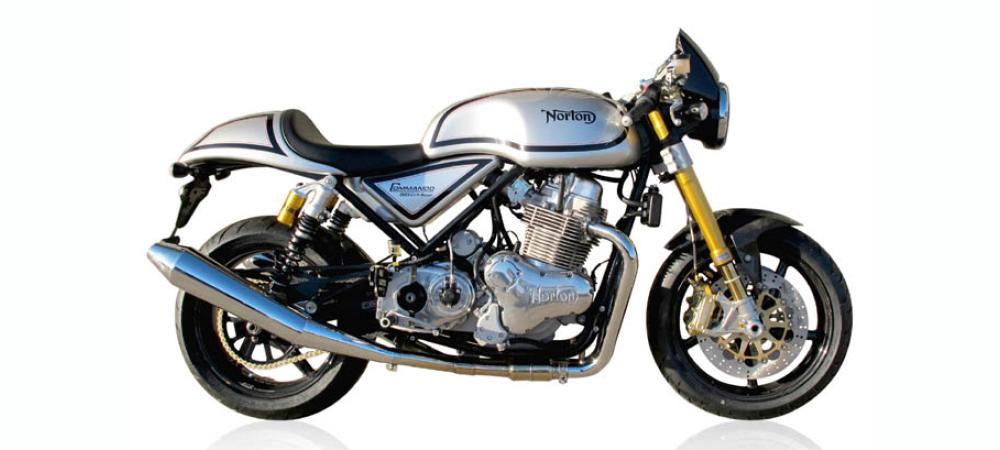A review of correspondence from NOC-L
Commando exhaust nuts in particular are notorious for coming loose. There are various patent 'fixes' for securing these and other exhaust nuts. The use of the correct tool is recommended
Method for tightening exhaust nuts
| You will need:- | |
| (1) | Good condition threads |
| (2) | A steel made-to-fit spanner, available from all the usual sources |
| (3) | A couple of feet of large bore tube to slip over the end of (2) |
| Then:- | |
| (4) | Do them up really tight using (2) and (3) |
| (5) | Go for a ride and do them up again before it cools down |
| (6) | Repeat (5) until they won't go up any more |
You are now sorted. Lock wire, springs, lock tabs, Loctite, etc, are all a waste of time as they do not attack the problem itself, only the symptom. If you do the sequence above they'll never come undone until you want them to. I can lift my bike by the spanner and exhaust rings, and that's what they're like when I come to undo them.
The Dommies don't seem as prone to loosening as Commandos do; at least my 650 SS never gave any problem. I guess the fact that the exhaust system is properly supported has something to do with it. If the above method pulls your threads out, they were dodgy and were going to let you down on the road anyway. This method will not damage the threads if they are in good condition; if they are not, get them repaired.
Joe Schofield (skywings@bhpa.co.uk) on NOC-L 17th. Nov 1998
Silicone rubber helps to seal exhaust nuts
I don't tighten the lock rings (on my standard Atlas) as tight as Joe suggests, but I do use an ample amount of general purpose silicone sealant (the stuff you use around the house) on the threads and to stop gas leaks. It works fine and is not affected by the heat.
Peter Sprot (peter@millergraphics.com) on NOC-L 18th. Nov 1998
Two-piece exhaust wrench
Skip Schloss is the owner of Flying Fish Motorcycles in Whitefish, Montana. He's done a limited run heavy-duty two-piece exhaust nut wrench that fits in the tool kit. It will take the normal extension or a torque wrench drive. I haven't got mine yet, but those who have, say they are light years ahead of other designs.
Charles Lipton (crlipton@gol.com) on NOC-L 18th. Jan 1998
Differences in exhaust nuts on Nortons
Bacon's Dommie and Commando monographs show rings of identical appearance fitted to twins up till about the appearance of the Mk.lll Commando; and his Norton Twin Restoration shows a 1950 Model 7 500 twin with exhaust rings looking indistinguishable from those on my 1972 Commando. This latter publication states that the ring was the same from 1949 till 1972, then modified again for 1973 and again for 1975 (Mk.lll).
Apart from the square-fin rings on later bikes, now retro-fitted to many others, I'd guess that 'invisible' changes may have been to accommodate the domed inner split rings fitted to the later models, probably to allow the pipes to move around a bit to accommodate the balance pipe. In addition, although I use (and have found widely available) the round-fin type with the three thicker tightening up lugs, earlier bikes and certainly most Dommies seem to have no lugs. The appearance of these lugs may have been one of the modifications referred to by Bacon. The lugs, incidentally, are like the gap between two adjacent fins having been filled in.
Pictures in recent NOC Roadholder magazines bear this out, but the picture of Kenneth Gard's pristine 1953 Model 88 in Roadholder 200 (Jul/Aug 1998) clearly shows lug-type rings, as fitted to mine and countless other Commandos. So, I believe the C-spanner currently available from suppliers does fit the Dommie because it fits my bike with the same rings. I wouldn't argue with the assertion that there was a different kind of spanner available once; from what is said, two pins are probably less likely to break fins than a C-spanner, though may not have been as strong in themselves. But with the lug type ring, you don't break fins!
It is interesting to speculate why Norton beefed up the ring by adding the lugs. Could it be that winding them up as tightly as was required on the Commando would break them? A long-ago thread on the Brit-Iron list on doing up these items reported a long piece of tube being used to do up rings at the factory!
Joe Schofield (skywings@bhpa.co.uk) on NOC-L 19th. Nov 1998
Thick lug exhaust nuts are pre-1975
You'll find the thick lugs on exhaust nuts used on the 1975 Commando. I think before 1975 the exhaust nuts were different.
Ridge Henderson (ridge@wilsongriak.com) on NOC-L 19th. Jan 1998
Three types of exhaust nut described
There appear to be at least 3 types of exhaust nut/ring:-
(1) Earliest type - made of brass, with cooling fins all the way round. See Bacon Norton Twins, p19 - or Norton Twin Restoration, p46
(2) Later type - still thin, but now with 3? integral lugs. See Roadholder 200, p20 or Bacon Norton Twin Restoration, p47
(3) Commando? type - now much beefier. See Bacon Norton Twins p77 and Norton Twin Restoration, p113
Type (1) is easily damaged with the C-spanner. Type (2) allows more pressure to be applied when tightening - but the tool can slip off if too much force is applied, so watch your paintwork! Type (3) is the best; the C-spanner can be used without fear of slippage, or fin bending. This type of nut can be retro-fitted to earlier bikes.
Andy Sochanik (andysoch@aol.com) on NOC-L 19th. Jan 1998
A fourth type of exhaust nut
I think - without looking at the parts list, that there now must be at least four types:-
(1) Dominator - cooling fins all way round
(2) Dominator - 3 integral lugs created by 'filling in' between fins
(3) Commando - non-collet type, fitted to two single exhaust pipes
(4) Commando - collet type, fitted to bikes with balance pipe in exhaust
Andy Sochanik (andysoch@aol.com) on NOC-L 2nd. Dec 1998
Three type of Commando exhaust nut alone
It seems to me there must be at least three Commando types:-
(1) Small fins which are snug into the head when tightened (earlier)
(2) Small fins which have room between head and fins for the metal lock ring when tightened (guessing) at 1972-73)
(3) Large fins (later, 850?)
Chris Ghent (we@amaze.net.au) on NOC-L 2nd. Dec 1998
Using a spring to tension the exhaust nuts
Something that I have done to my Commando to stop the exhaust rings from loosening, is to fit a spring between the two rings across the front of the cylinder head, to act in an tightening direction on the rings. I have drilled a small hole in one of the ring fins near the top right side and near the bottom on the left side. When the spring is hooked into the holes it keeps the rings tight; you do not need to use the locking washers. I have never had a problem with the set up and the only problem anyone will have is finding a suitable spring to use.
Alan Throssell (alan.throssell@breathmail.net) on NOC-L 3rd. Apr 1999
A BMW Spanner will fit Commando exhaust nuts
I know this is probably heresy, but the exhaust nut wrench to fit BMW flat twins (1980s and earlier models - not sure about later models) is a perfect fit for the Norton exhaust nuts . In my travels I have acquired both a large black BMW factory wrench, and the small cast hi-tensile aluminium ones made in Australia, very suitable for carrying in a toolkit. Neither were very expensive, but can't remember the exact price. The aluminium one I got from www.bmshop.com.au. See also a picture of the short exhaust nut spanner at http://home.primus.com.au/334/rohanb/norton/wrench_8_inch.jpg however, this wrench definitely does NOT fit the finer-finned earlier twin or single cylinder exhaust nuts - the fin pitch is different, and/or the exhaust pipes are generally larger and do not fit in the aperture.
Rohan Bradney (rohanb@primus.com.au) on NOC-L 16th. Jan 2000
There are various versions of C-spanners
What's pictured at the above site is a BMW version of the tool. I've seen various versions of this one, including one with a longer handle. The Norton tool is more like a curved, hooked finger that wraps around the fins on the exhaust nut. They're not all that long, but even then I found it much more useful to extend it by half a metre or so. Whether it is folklore or not, rumour has it that the Norton factory tool was some ungodly long device.
Any time I replaced the sealing washers, I made a point of tightening the nuts when the engine was still hot. I tightened once after every ride, and kept to that regimen until the nuts would no longer 'give' when I tested them. Then, I would test only once a week or so ... and generally they were still dead tight. I never had any difficulty with the exhaust nuts loosening after that.
Gregg Kricorissian (gregg-k@spyder-it.com) on NOC-L 19th. Jan 2000

